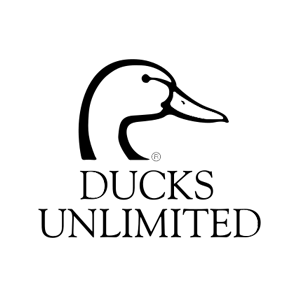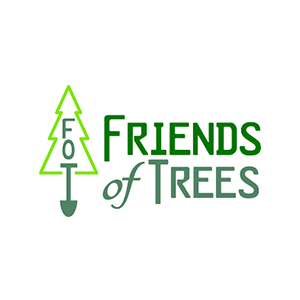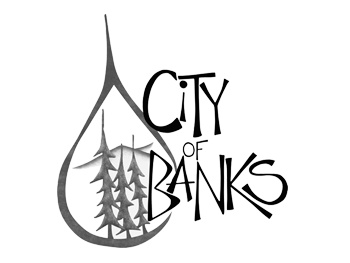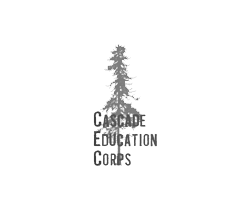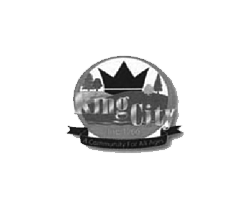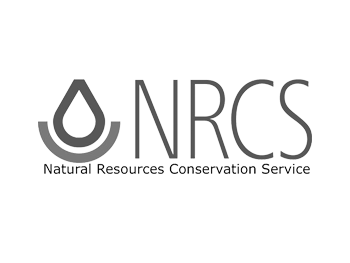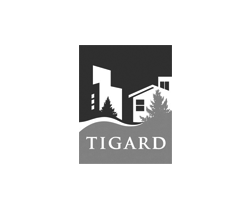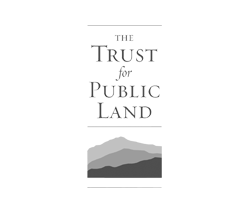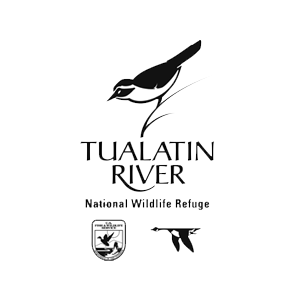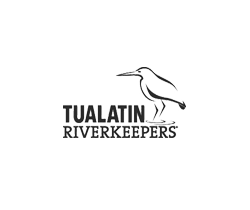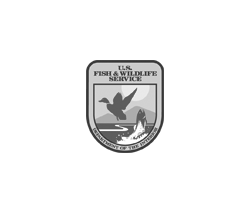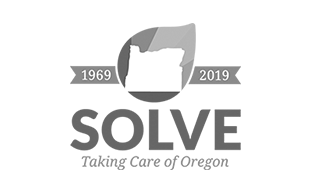A Community Treasure
Designated as an Important Bird Area by the Audubon Society, Jackson Bottom Wetlands Preserve (JBWP) is a complex mosaic of wetlands, wet prairie, riparian forest and oak woodland located along the Tualatin River on the southwest edge of Hillsboro. JBWP is bordered by agriculture and neighborhoods, and serves as an important wildlife refuge for resident and migratory birds, deer, river otter, beavers and amphibians.
Open to the public, JBWP is a popular destination for hiking, bird watching and viewing native plants and wildlife across more than 600 acres. The Preserve also houses a modern-day Nature Center that accommodates staff, students and the public, who can learn about JBWP’s natural and cultural history through environmental education classes and interpretive displays.
The Preserve is co-owned by the City of Hillsboro and Clean Water Services. Restoration coordination, public access and educational programs are managed under the City of Hillsboro Parks & Recreation Department.
The Site
First planting: 2006
Size: 204 acres
Stream length: 1,784 feet
Plant communities: Emergent Marsh, Forested Wetland, Riparian Forest, Scrub Shrub, Upland Forest, Wet Prairie
The Challenge
Jackson Bottom Wetlands Preserve has seen a variety of uses since Hyer Jackson obtained it in the mid-1800s through the Oregon Donation Land Law. In the mid-1900s, the floodplain was used as a farm, which involved ditching and draining the wetlands and growing crops to treat wastewater and dispose of cannery waste. At one point, the farm employed more than 200 people to grow, harvest and process various agricultural commodities. When water treatment techniques changed and intensive farming ceased in the early 1970s, the area was allowed to become pastureland. A plethora of non-native plants and animals subsequently took over the site.
In the 1980s, Jackson Bottom stakeholders developed a list of common goals, which are documented in the Jackson Bottom Master Plan. The master plan recognized that the site holds tremendous value for storing floodwater and providing access to nature and habitat for native plants and wildlife.
The Transformation
Rallying around a common goal to manage and enhance the habitat resources of Jackson Bottom, local people and organizations forged important partnerships in the 1980s. The Friends of Jackson Bottom, a nonprofit organization, conducted numerous enhancement projects. Over time, the Friends evolved into the Jackson Bottom Wetlands Preserve Board. This board rallied the community and led a capital campaign to build the Wetlands Education Center, which opened to the public in 2003.
In 2010, the City of Hillsboro partnered with Clean Water Services, the Port of Portland and Oregon Department of Transportation on wetland mitigation at Bobcat Marsh, on the west end of the preserve. The City has also partnered with Ducks Unlimited to enhance more than 120 acres of wetland habitat in the center of the Preserve. In 2009, 2011 and 2015, the City received Nature in Neighborhoods grants from Metro to restore hundreds of acres of degraded habitat to healthy wetland ecosystems. And then in 2017, the City of Hillsboro, Clean Water Services and Ducks Unlimited partnered to restore an additional 270 acres of degraded wetland habitat.
Over these last 10 years, contractors and community volunteers have planted more than 200,000 native trees and shrubs—and beginning in Fall 2020, up to one hundred additional acres will be replanted. The restoration and enhancement efforts will continue to improve water quality and floodplain connectivity, while creating sustainable aquatic and terrestrial habitat. Additional benefits include increased environmental educational and recreational programs, and better access to view birds and wildlife. Sandhill cranes and American white pelicans have been spotted on the site formerly known as the experimental wetlands. Amphibian populations continue to increase across the Preserve.
Education programs have grown to serve tens of thousands of schoolchildren with hands-on experiences to learn about water management, wildlife habitat and wetland enhancement. Countless other programs, for children and adults, focus on natural history, bird watching, local ecology, and the indigenous populations that once hunted and gathered in these rich bottom lands.
Partners now maintain trails into the Preserve’s southeast section, accessing views of a Great Blue Heron and egret rookery. Already the expanded trail loop has attracted more birdwatchers and runners. Eventually, the 18-mile Crescent Park Greenway will include a pass through Jackson Bottom, creating a contiguous route with the Rock Creek Greenway that encompasses the City of Hillsboro.
The Jackson Bottom stakeholders and community partners continue to transform the Preserve into an important wildlife sanctuary with high-quality wetland, riparian and upland forest plant habitat that is used by many wildlife species.
Click to explore the change in mature native plant coverage between 2007 (purple) and 2014 (orange).
Learn More
Explore Jackson Bottom Wetlands Preserve.
Learn about the recent Oak Island Restoration Project.
View a 30-second timelapse video of 24 hours at Jackson Bottom.











